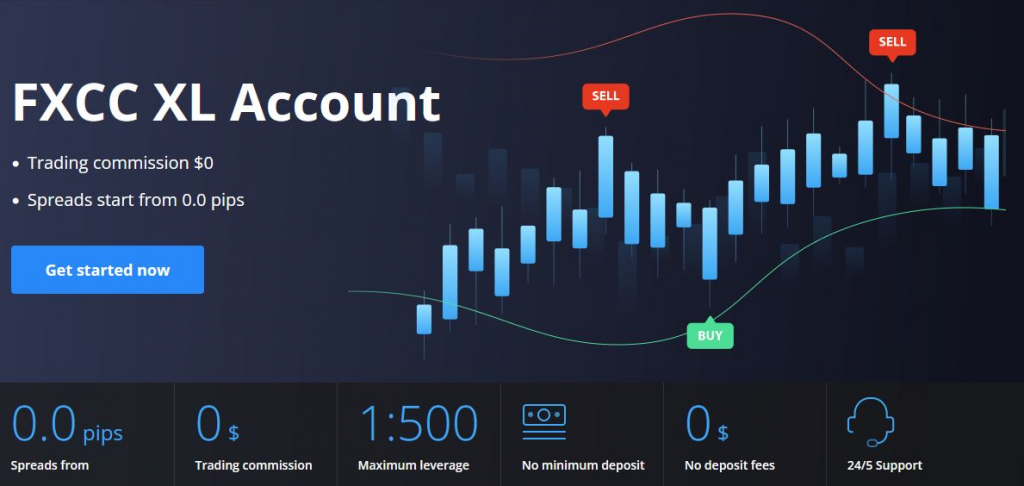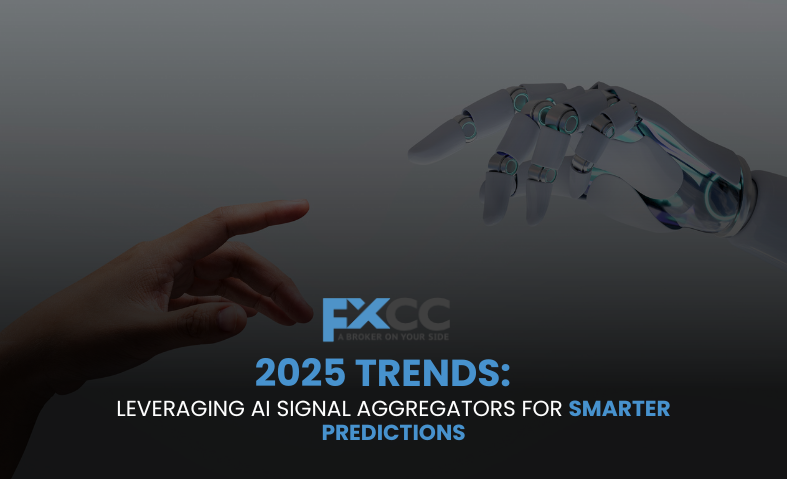The year 2025 is here, and the world of data and artificial intelligence continues to evolve at a breathtaking pace. In this landscape, a significant trend is emerging: the increasing reliance on AI signal aggregators for making smarter, more accurate predictions across various industries. These sophisticated systems are revolutionizing how businesses understand complex information, identify critical patterns, and anticipate future events. Gone are the days of sifting through fragmented data; AI signal aggregators are streamlining the process, offering a holistic view that empowers better decision-making.

What are AI Signal Aggregators?
At its core, an AI signal aggregator is a powerful platform that gathers, consolidates, and analyzes data from a multitude of disparate sources. Think of it as a super-intelligent hub that sucks in information from every corner of the digital world – social media, news feeds, internal sales figures, customer interactions, sensor data, market trends, and much more. But it’s not just about collecting data. The “AI” in “AI signal aggregator” is key. These systems employ advanced machine learning algorithms to process this raw, often messy data, transforming it into structured, usable “signals.” These signals are then analyzed for patterns, correlations, and anomalies that would be impossible for humans to spot amidst the sheer volume of information. They help businesses distinguish “signal from noise” – identifying truly relevant information that indicates opportunities or risks.
How They Work Their Magic
The process of an AI signal aggregator can be broken down into several key steps. First, there’s the data ingestion phase. This involves connecting to various data sources, often through APIs, to pull in real-time information. This could be anything from customer clicks on a website to global economic indicators.
Next comes data processing and normalization. Raw data comes in all shapes and sizes, and an aggregator needs to clean, transform, and standardize it so it can be effectively analyzed. This is where AI truly shines, as it can identify and correct inconsistencies, fill in missing data points, and categorize diverse information.
The heart of the aggregator lies in its signal extraction and analysis. This is where AI algorithms, including natural language processing (NLP), machine learning, and deep learning, go to work. They identify “signals” – specific pieces of information, trends, or behaviors that are relevant to a particular predictive task. For instance, in sales, a signal might be a prospect repeatedly visiting a pricing page or downloading a whitepaper, indicating strong buying intent. In finance, it could be a sudden surge in news mentions for a particular company, potentially signaling a market shift.
Finally, these aggregators offer predictive modeling and insights. By analyzing historical and real-time signals, AI models build predictive models that forecast future outcomes. These predictions are then presented to users in an understandable format, often with dashboards, alerts, or actionable recommendations. The beauty is that these systems constantly learn and adapt, improving their predictive accuracy over time as they ingest more data and refine their algorithms.
The Benefits for Smarter Predictions in 2025
The advantages of leveraging AI signal aggregators for smarter predictions in 2025 are immense:
- Enhanced Decision-Making: By providing more accurate and timely forecasts, businesses can make more informed strategic decisions, from optimizing supply chains to launching new products.
- Improved Customer Insights: Aggregators can paint a detailed picture of customer behavior and preferences, enabling hyper-personalized marketing, tailored product recommendations, and stronger customer loyalty.
- Proactive Risk Mitigation: Early detection of potential threats, whether financial, operational, or reputational, allows organizations to take proactive measures, minimizing negative impacts.
- Boosted Operational Efficiency: By predicting potential problems and streamlining processes, AI aggregators can identify inefficiencies and recommend improvements, leading to reduced costs and increased productivity.
- Real-time Market Understanding: In fast-paced environments like finance, these aggregators provide a real-time pulse on market dynamics, enabling quicker reactions to shifts and opportunities.
- Personalization at Scale: Businesses can offer highly personalized experiences to a broad customer base by understanding individual needs and preferences.
Challenges and the Road Ahead
While the benefits are clear, the path to fully leveraging AI signal aggregators isn’t without its challenges. Data quality and integration remain paramount; garbage in, garbage out still applies. Keeping data accurate, consistent, and complete from all sorts of places is an ongoing challenge. Ethical considerations are also crucial, particularly concerning data privacy, algorithmic bias, and transparency. As these systems become more autonomous, understanding how they arrive at their predictions (explainable AI) is vital for building trust and accountability.

Looking to the future, 2025 is set to bring big improvements in how we tackle this. We can expect more sophisticated explainable AI capabilities, allowing users to delve deeper into the rationale behind predictions. Furthermore, the integration of generative AI will likely lead to even more intelligent insights and automated report generation. The focus will shift towards making these powerful tools more accessible and intuitive for a wider range of users, moving beyond specialist data scientists to empower business leaders directly.
Bottom Line: In 2025, AI signal aggregators are not just a nice-to-have; they are becoming a fundamental component of competitive strategy. By providing unparalleled insights into complex data landscapes, these systems empower organizations to move beyond reactive decision-making to truly anticipate the future, driving smarter predictions and unlocking significant value across every industry. Those who master their use will be the ones leading the pack.


